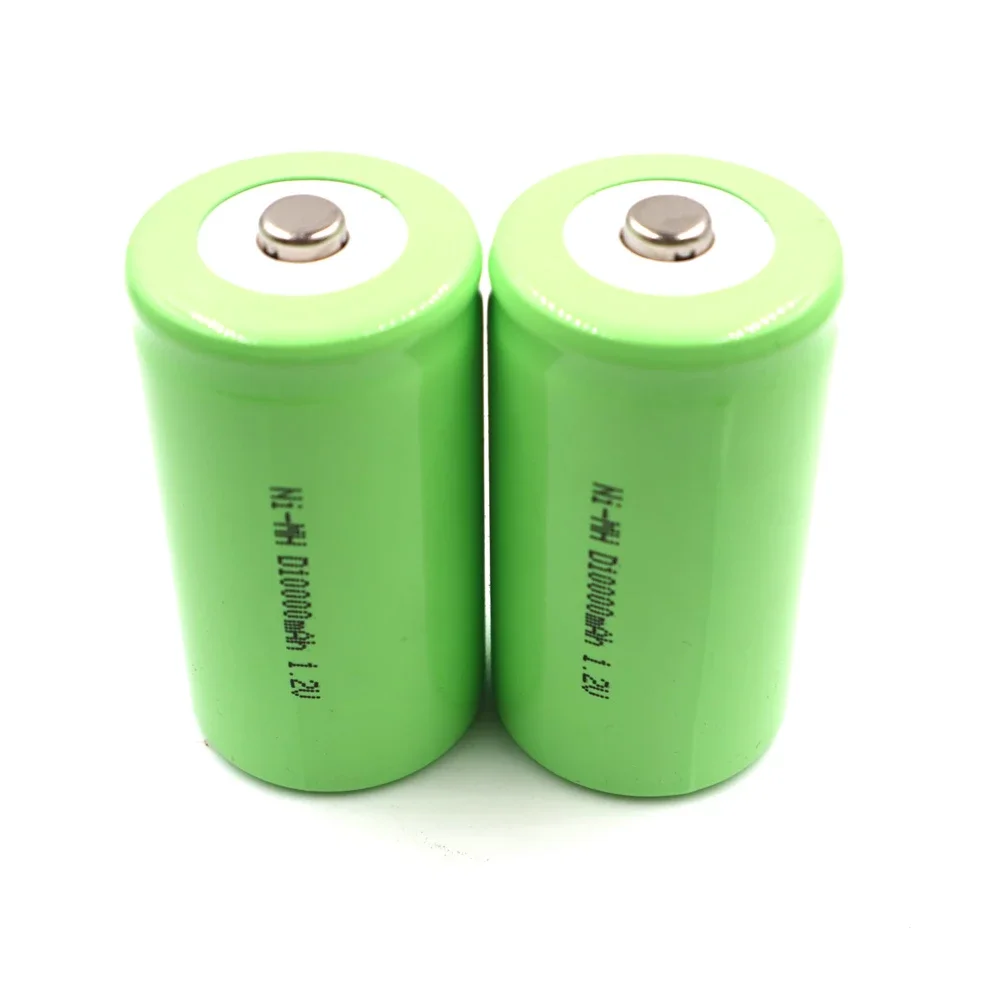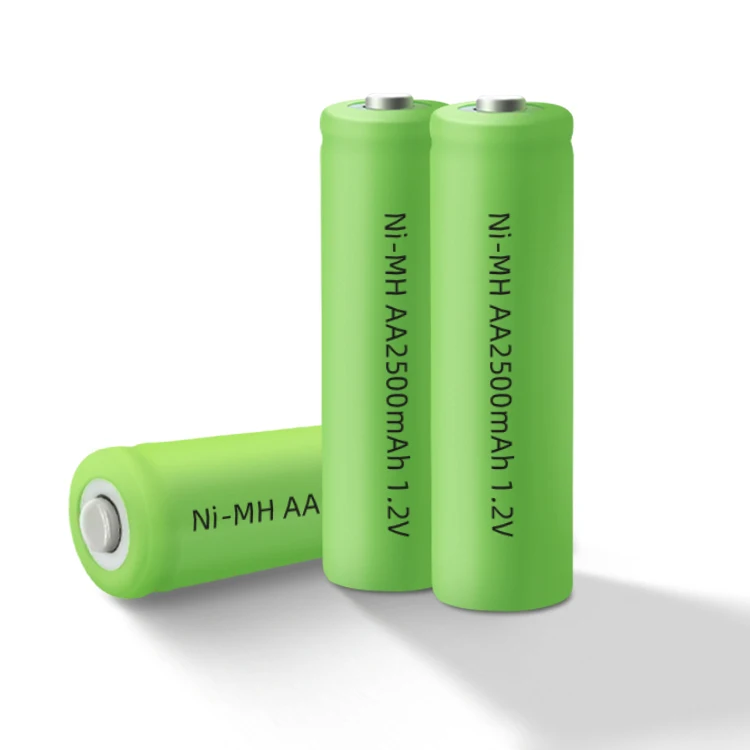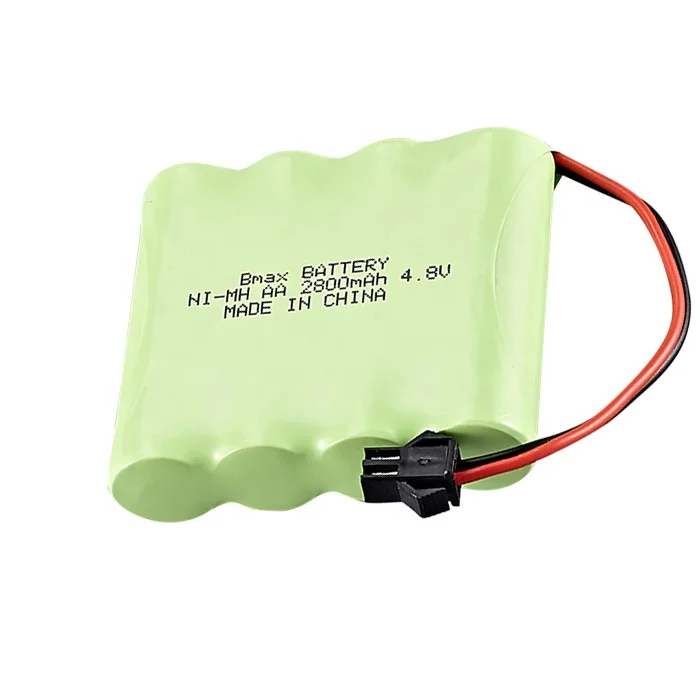Replacing NiMH (Nickel-Metal Hydride) batteries with lithium-ion batteries isn’t straightforward and depends on the application due to several key differences between the two battery types:
- Voltage Differences: NiMH batteries typically have a nominal voltage of 1.2 volts per cell, while lithium-ion batteries usually have a nominal voltage of 3.6 or 3.7 volts per cell. This difference in voltage means that replacing a NiMH battery with a lithium-ion battery without additional adjustments could lead to significantly higher voltage, potentially damaging the device designed for lower voltage.
- Charge/Discharge Characteristics: NiMH and lithium-ion batteries have different charging requirements and behaviors under load. Lithium-ion batteries require a more complex charge management system to safely charge and discharge. They are also more sensitive to overcharging, deep discharging, and high temperatures, which can pose safety risks if not handled properly.
- Battery Management System (BMS): Lithium-ion batteries typically require a battery management system to maintain safe operation, monitor battery health, control charging and discharging, and ensure cell balance. NiMH batteries do not generally require such complex systems, so retrofitting a device that uses NiMH batteries with lithium-ion technology would likely require adding a BMS.
- Physical Size and Shape: If you are considering a replacement, the physical compatibility (size and shape) of the battery packs must also be taken into account. Lithium-ion batteries might not fit in the space allocated for NiMH batteries without modification.
- Cost and Accessibility: Lithium-ion batteries might be more expensive or difficult to obtain compared to NiMH batteries, depending on the application and required specifications.
- Environmental and Safety Concerns: Lithium-ion batteries pose higher risks in terms of environmental impact and safety. They are more prone to issues like thermal runaway, which can lead to fires or explosions if improperly handled or damaged.
Steps to Consider for Replacement:
- Voltage Matching: Ensure the replacement lithium-ion battery’s total voltage matches the original NiMH battery setup. This might involve using fewer cells in series to match the voltage requirements.
- Electronics Compatibility: Check that the device can handle the charging characteristics and the higher energy density of lithium-ion batteries.
- Implement a BMS: Include a proper battery management system that can handle lithium-ion cells.
- Custom Pack Creation: In many cases, you might need to create a custom battery pack to fit the physical and electrical requirements.
- Professional Advice: Given the complexities involved, it is advisable to consult with a professional who can design or suggest a suitable lithium-ion battery solution that ensures both functionality and safety.
In conclusion, while it is technically possible to replace NiMH batteries with lithium-ion ones, it requires careful consideration, substantial modifications, and often professional guidance to ensure compatibility and safety.


